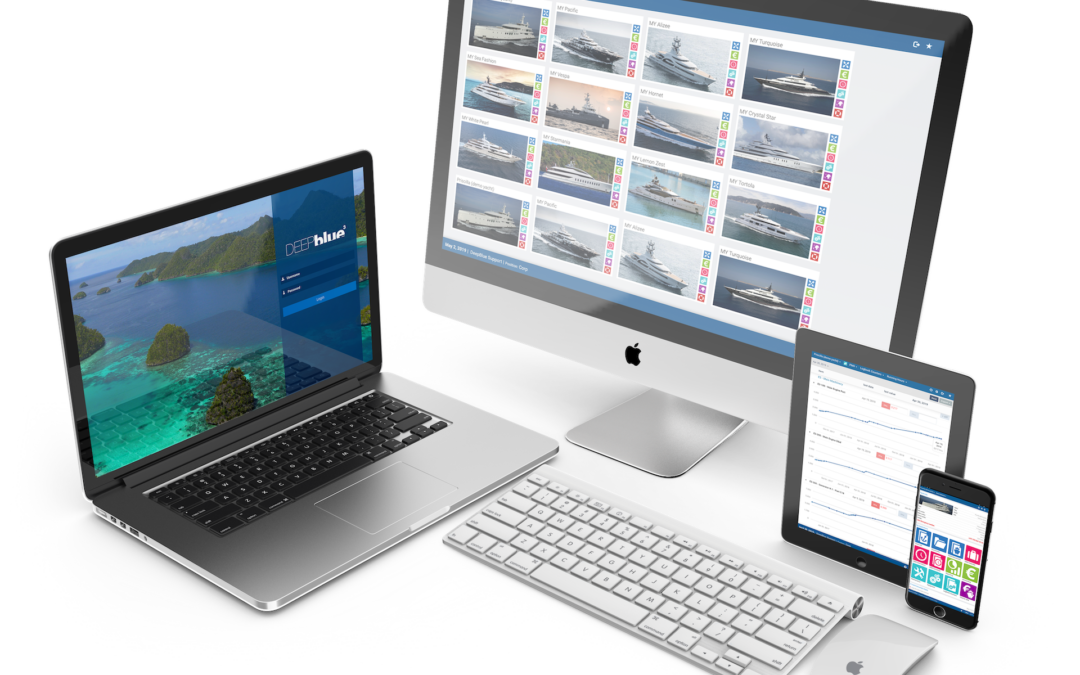Captains, chief engineers, ETO’s, AVIT officers, pursers, yacht managers, and owners’ reps, among others on board, have so much administration required to make the safe and reliable running of any yacht. There are a number of yacht management software available within the industry, but their usefulness and reliability depend on what functions you require them for.
Yachts are becoming more and more difficult to manage administratively because of their size these days, there simply are so many strategies and rules required. Oversight is just not an option when you have millions of pounds and multiple peoples lives at stake.
What should a great yacht management software provide?
What are the main pain points that you and your colleagues encounter whilst working onboard? I‘m sure that it covers issues around staffing and cover, keeping up to date with paperwork for guarantees and maintenance and financial matters to name just a few. In order for your chosen management software to be truly successful and life–changing to your day to day routine, it needs to cover all the main aspects of yacht operations through a central fully integrated system. This means your one software should cover human resources, finance, security, maintenance, calendars, and international safety management.
The most practical system should be accessible onboard the yacht and ashore for the management company to keep a direct and constant link with the yacht and its crew, therefore the best system should be a web-based platform.
In order to ensure that the system is used correctly and is completely user–friendly, it should be accessible by all crew members (although certain crew may have different operator profiles), from any device including PC’s, Mac’s, tablets and mobile phone.
In the event that there is no internet connection available, the best system should be completely accessible offline too.
Read more here in the Superyacht Technology Winter Blueprint.

